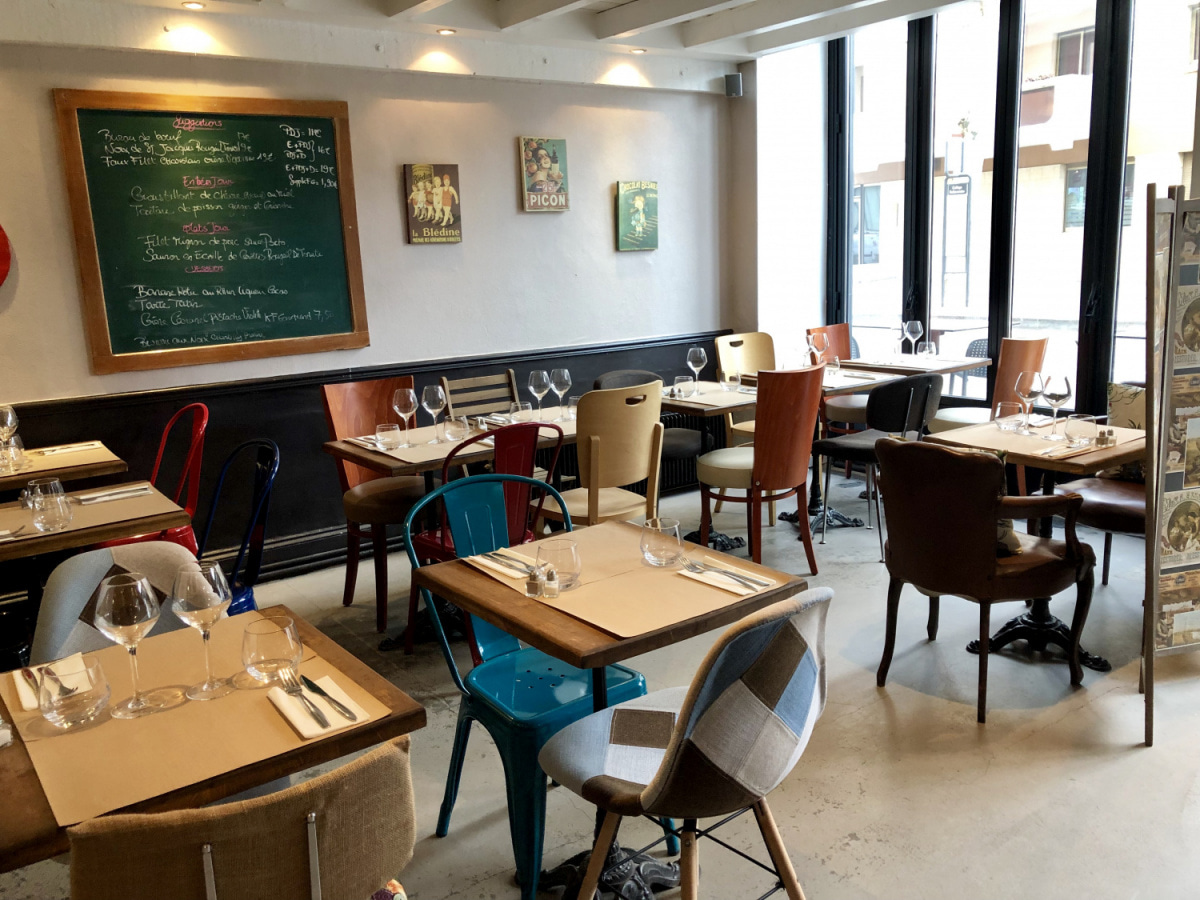Meuse
WELCOME TO Meuse
Entry Into Department
Verdun
6,211 km2
189,200
French
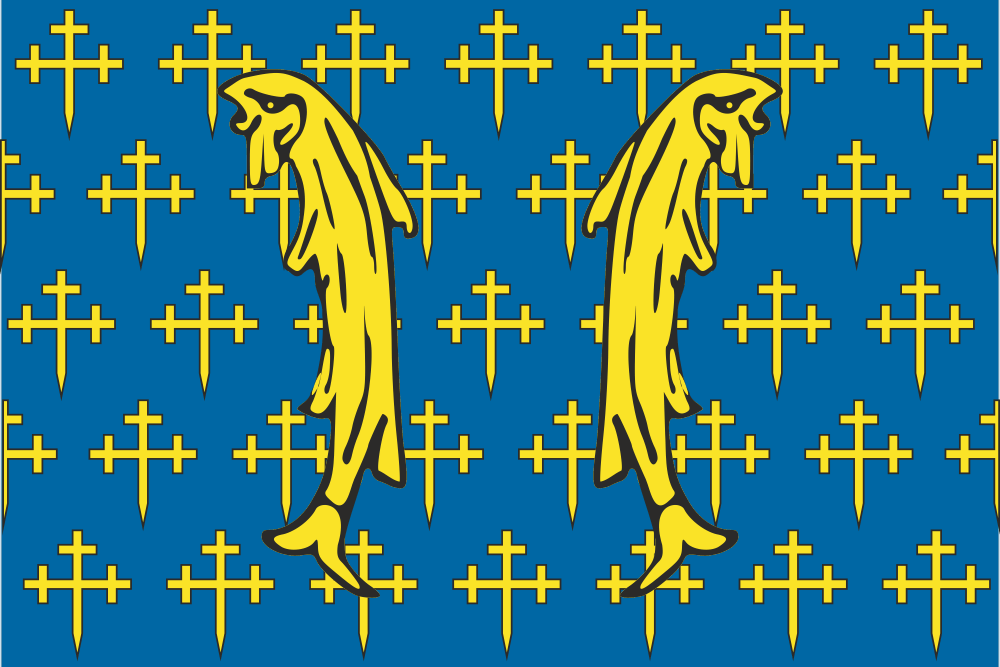
Popular
Geography and Tourist Attractions
Information about the canton's tourist attractions, including popular destinations, events, and activities.
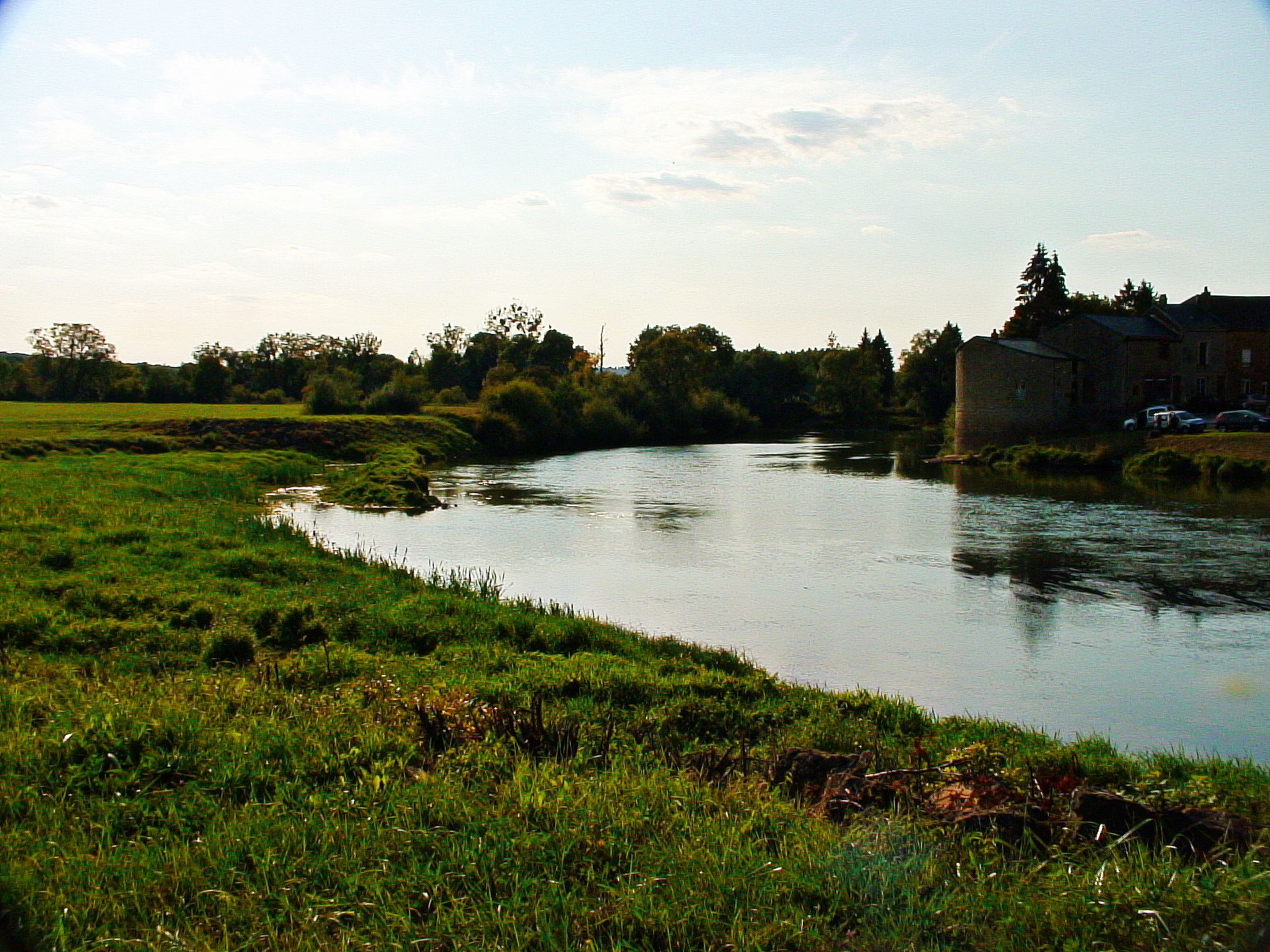
The Meuse River
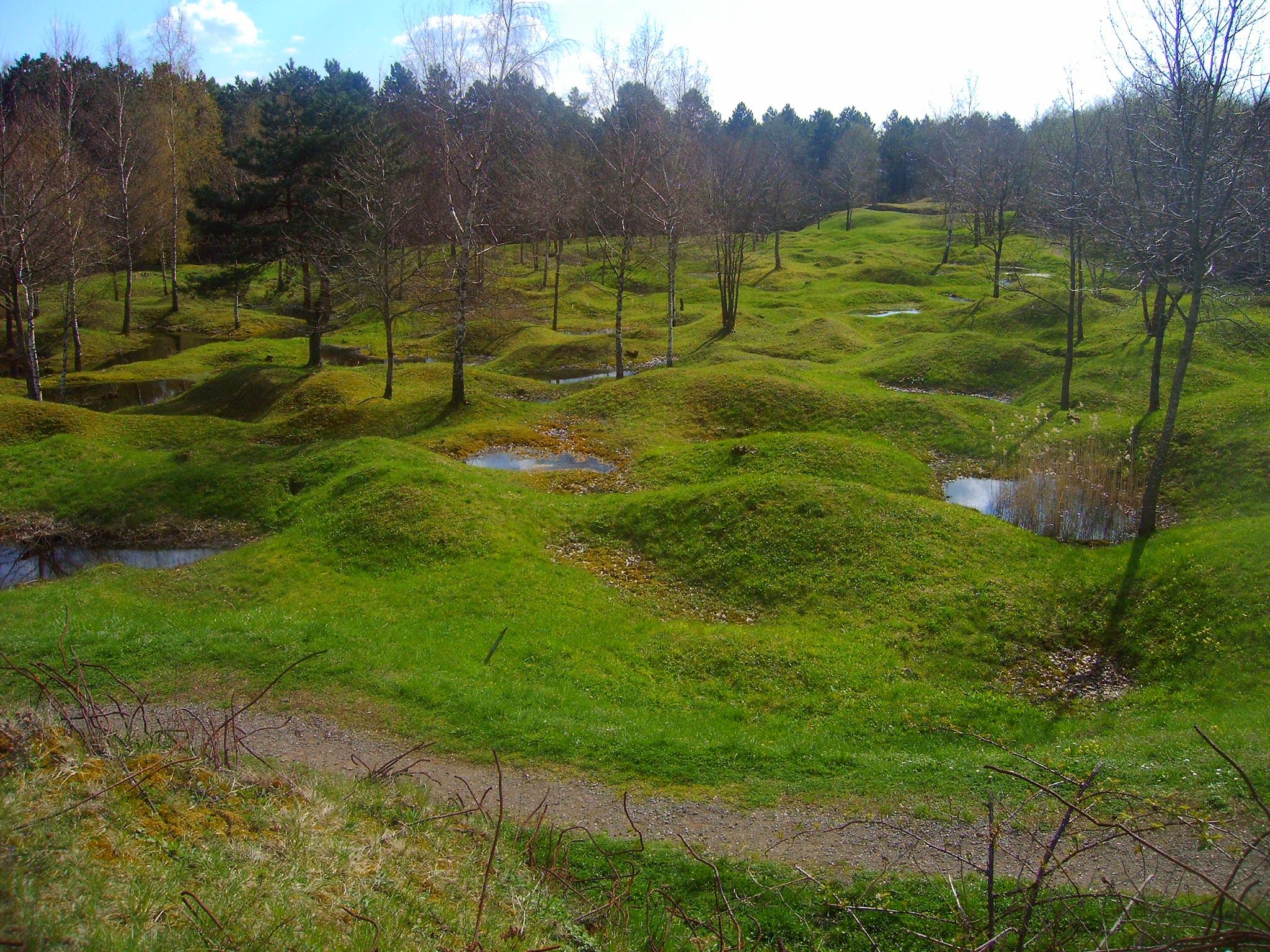
Verdun Battlefield
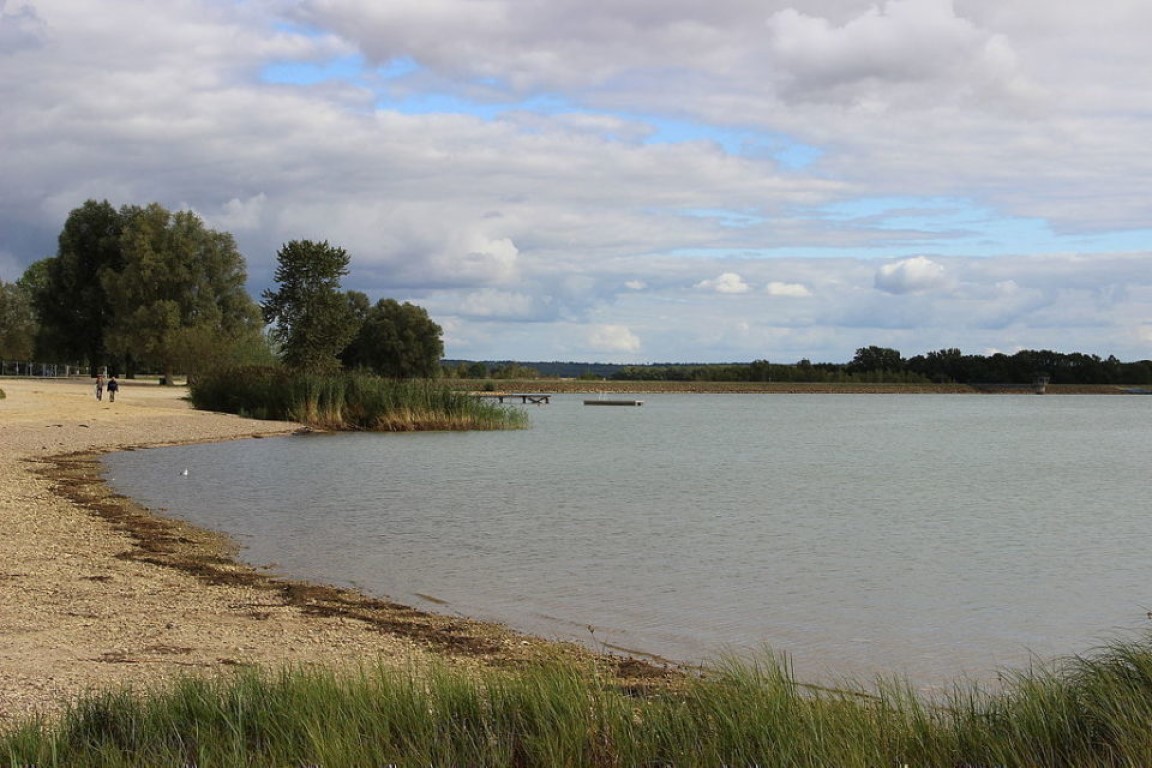
Lac de Madine
Political
Economy and Government
Meuse is a department in the northeastern part of France, known for its picturesque villages, historic monuments, and scenic landscapes. In terms of its economy, the region is heavily reliant on the agricultural sector, with crops like wheat, barley, and corn being major contributors. The region also has a significant manufacturing industry, with companies in the automotive and aerospace sectors playing a prominent role. Additionally, Meuse has a thriving tourism industry, which contributes significantly to the local economy.
In terms of government, Meuse is governed by the Prefect of Meuse, who is appointed by the President of France. The Prefect is responsible for ensuring that the policies and directives of the national government are implemented effectively in the department. Meuse is also home to a number of municipalities, each with their own elected officials, who work to provide local services and represent the interests of their constituents.
Overall, the economy and government of Meuse work in tandem to promote growth and prosperity in the region, with a focus on sustainable development and meeting the needs of the local population.

History
History and Culture
Meuse is a region steeped in history and culture, with its origins dating back to the Roman era. The region was a significant center of medieval Christianity and played a crucial role in the religious conflicts of the 16th century. During the First World War, the region was the site of intense fighting and witnessed the infamous Battle of Verdun, which left an indelible mark on the region's history.
In terms of culture, Meuse is known for its rich culinary traditions, which include hearty stews, delicious cheeses, and locally brewed beers. The region is also famous for its traditional folk dances, which are performed at local festivals and events. Meuse is also home to a thriving artistic community, with many artists inspired by the region's natural beauty and historic architecture.
The region's cultural heritage is preserved through its museums, historic monuments, and festivals, which celebrate its unique traditions and way of life. Some of the most notable cultural sites in Meuse include the Citadelle Souterraine de Verdun, the Bar-le-Duc Castle, and the Lorraine Regional Natural Park.
Overall, the history and culture of Meuse are an essential part of the region's identity, and they continue to shape its vibrant and dynamic community.
HOTELS
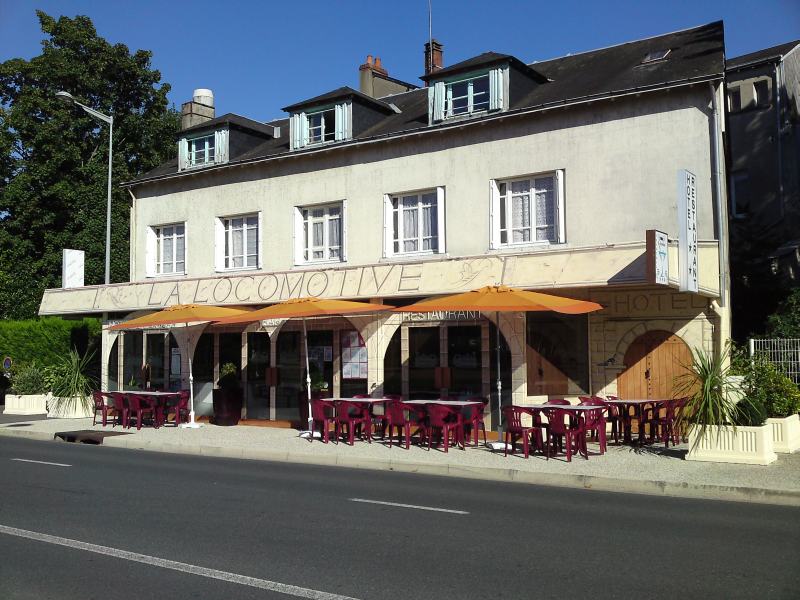
Hôtel de la Gare
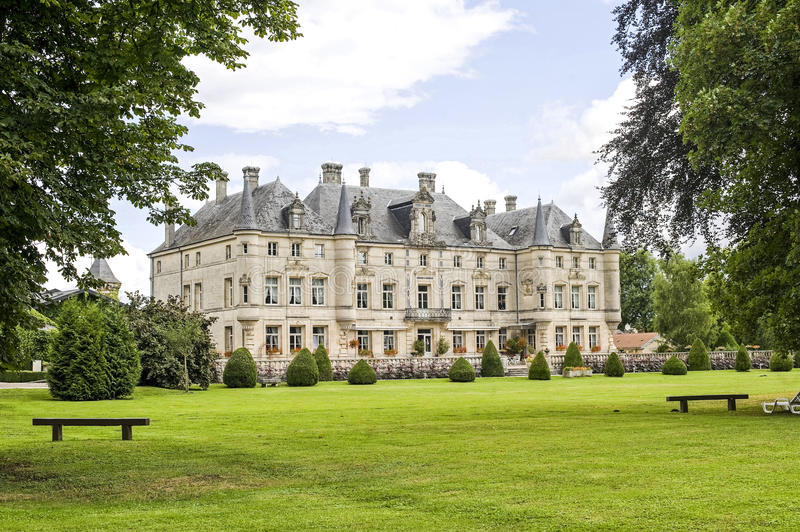
Château des Monthairons
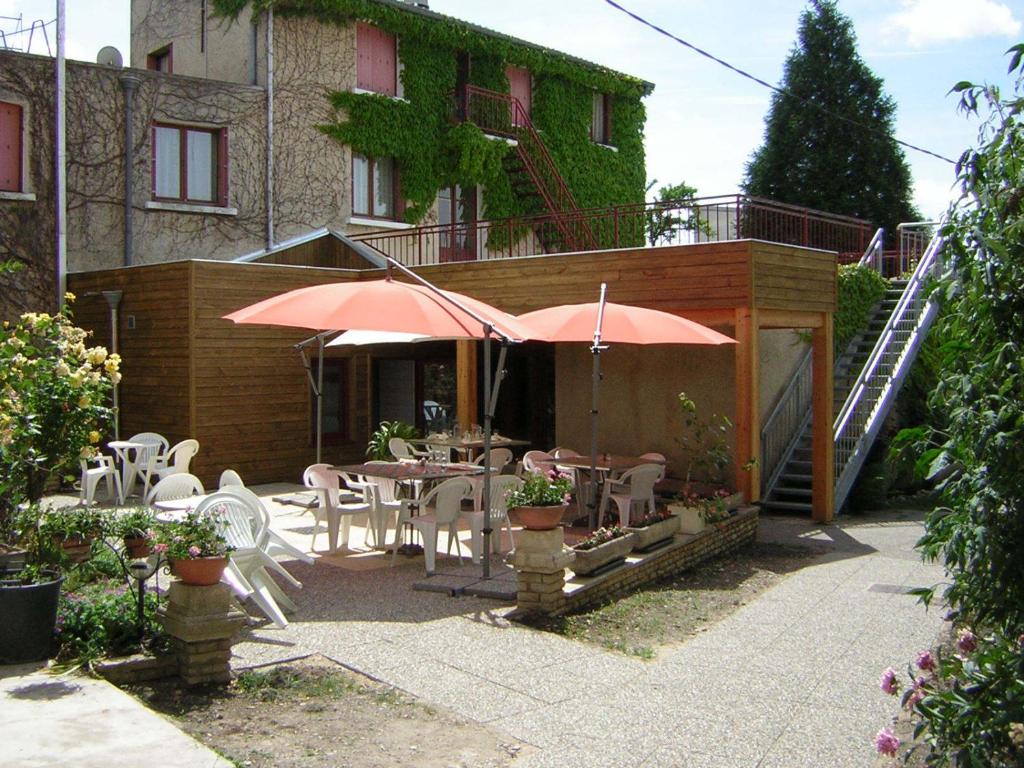
Hôtel Le Relais de Marbot
RESTAURANTS
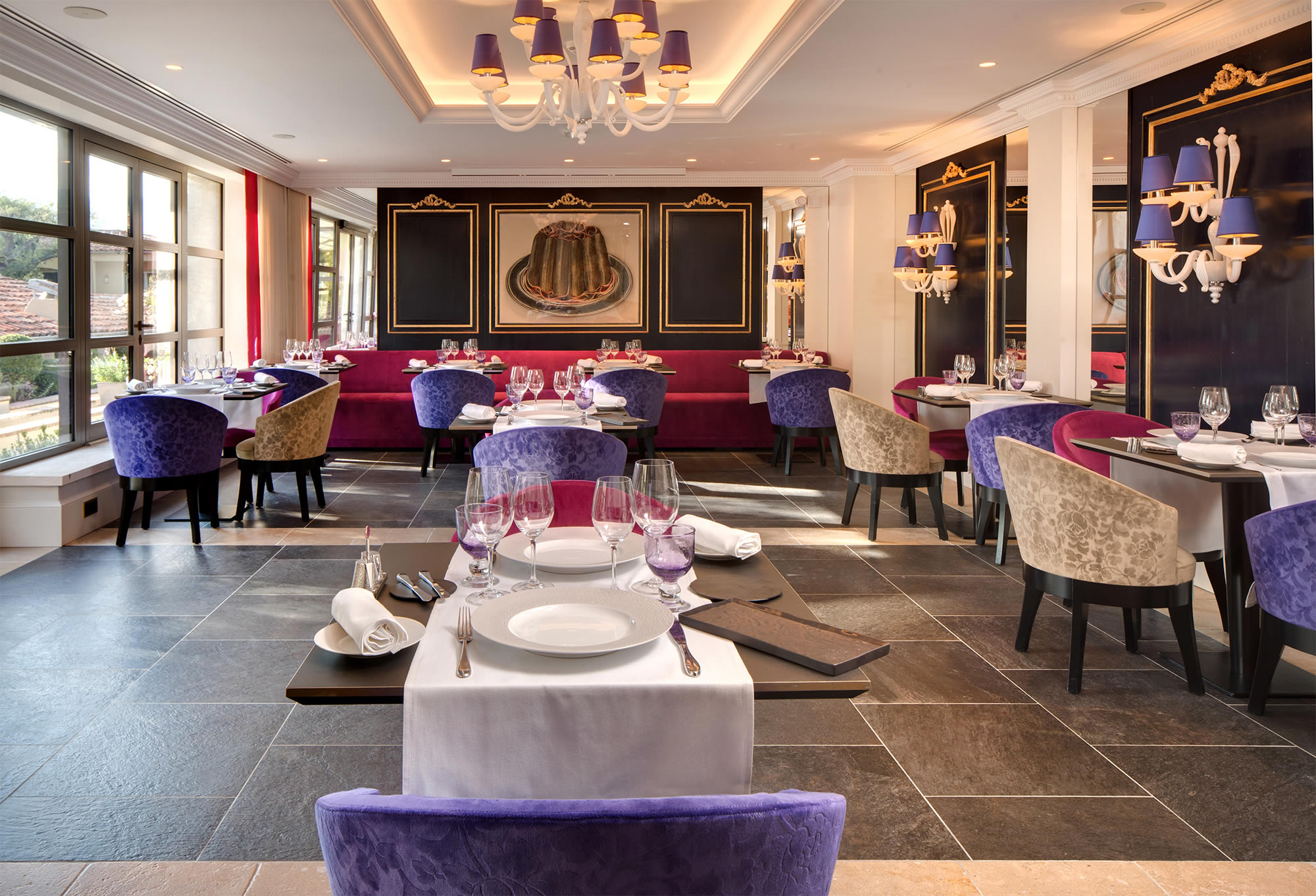
La Table de Pierre
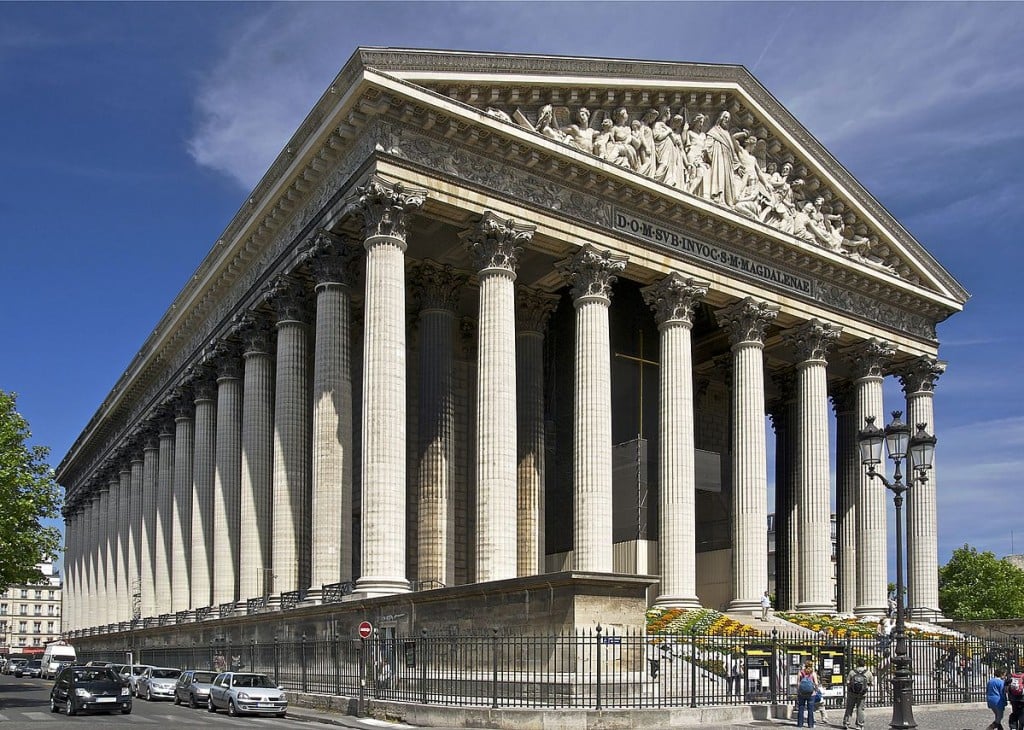
La Madeleine
